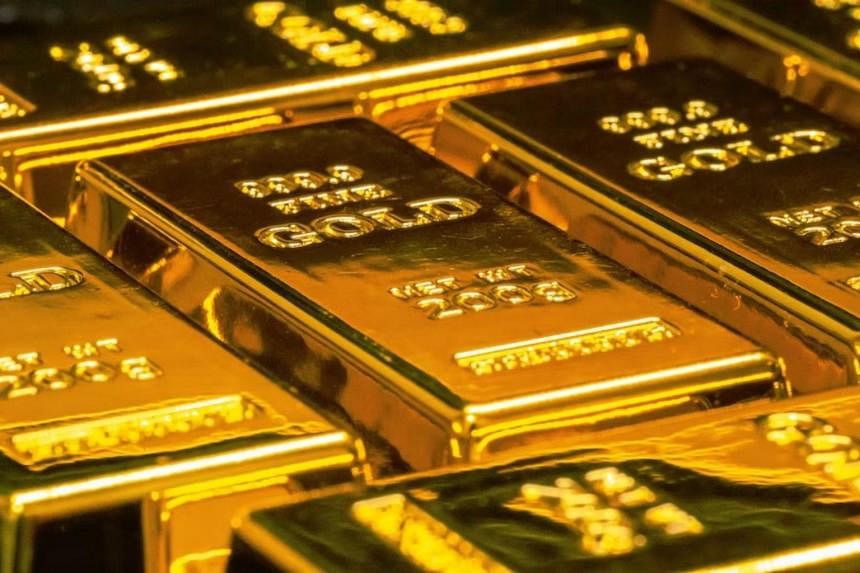Gold prices remained relatively unchanged on Tuesday, reflecting investor caution ahead of a crucial meeting by the US Federal Reserve. This two-day policy gathering, concluding on Wednesday, is expected to provide insights into the future trajectory of interest rates, a key factor influencing gold's appeal.
The lack of significant price movement comes after a recent dip for gold. Stronger-than-anticipated inflation data released last week fueled speculation that the Fed might adopt a more hawkish stance on interest rates. This, in turn, boosted the US dollar and Treasury yields, both of which tend to weigh on gold prices.
Gold is often viewed as a safe-haven asset, particularly during periods of economic uncertainty. Its value typically rises when investors seek alternatives to riskier holdings like stocks. However, rising interest rates make gold less attractive. This is because gold doesn't offer any regular interest payments unlike bonds. Furthermore, a stronger dollar makes gold costlier for buyers holding other currencies.
The upcoming Fed meeting is being closely watched by investors for any signals regarding the pace and extent of potential interest rate cuts this year. Some market participants had previously anticipated three rate cuts by the Fed in 2024. However, recent economic data has cast some doubt on this prediction, with some analysts revising their forecasts to two cuts.
Geopolitical tensions, however, could potentially provide some support for gold prices. The ongoing conflict and associated uncertainties often drive investors towards safe-haven assets like gold. This could help mitigate any losses stemming from the interest rate environment.
Analysts are divided on the near-term outlook for gold. Some believe that a dovish stance from the Fed, hinting at a slower pace of rate hikes or more aggressive cuts, could propel gold prices upwards. Others remain cautious, emphasizing the data-dependent approach of the Fed and the possibility of further inflationary pressures.
Looking beyond the immediate future, the long-term prospects for gold appear more positive. The ongoing global economic slowdown, coupled with potential geopolitical risks, could reignite investor interest in safe-haven assets. Additionally, the ever-increasing global debt levels could also play a role in bolstering gold's appeal as a hedge against inflation.
The gold market is currently in a wait-and-see mode, with investor sentiment heavily influenced by the upcoming Fed decision. The direction of gold prices in the coming weeks and months will likely hinge on the outcome of the meeting, along with broader economic developments and geopolitical events.

